The South Tour included private wildlife gardens on Cape Island (south of the Cape May Canal): Cape May, Cape May Point, West Cape May, and Lower Township.
You can also see gardens that were included on the Mid-County Tour and on the North Tour.
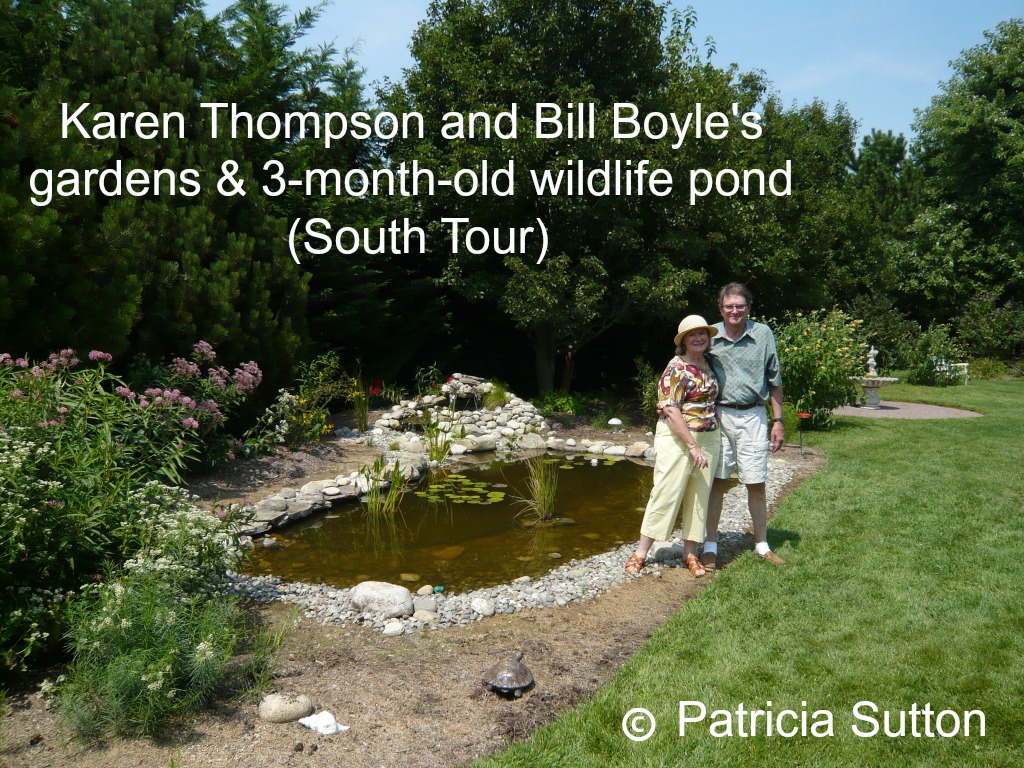
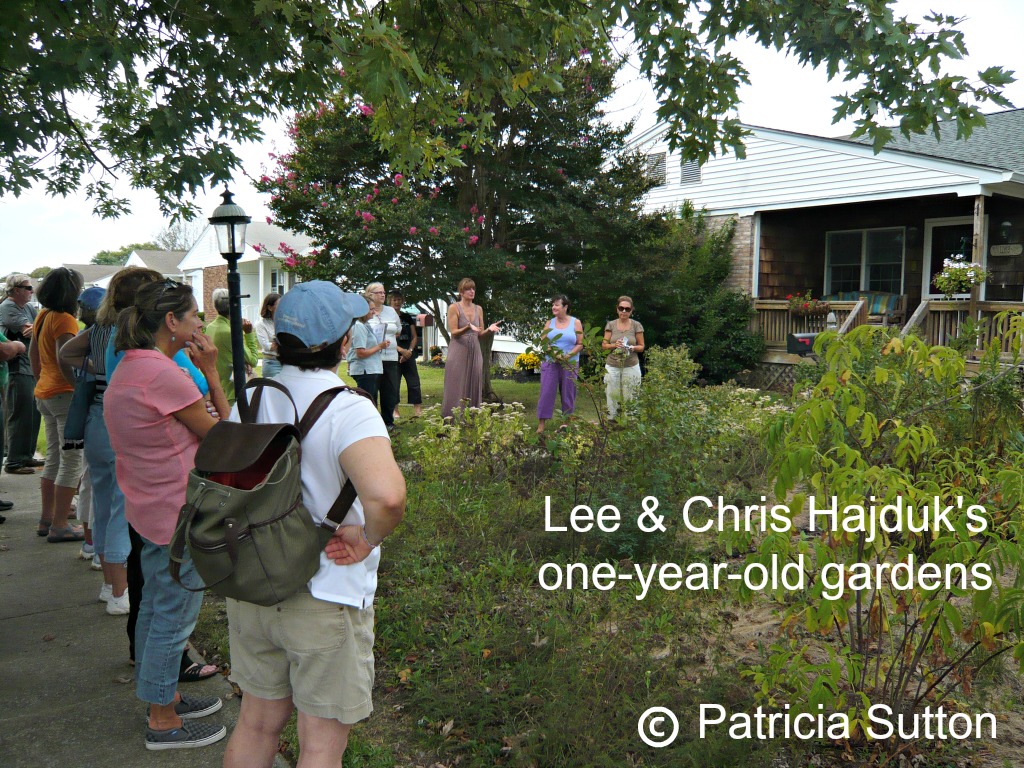
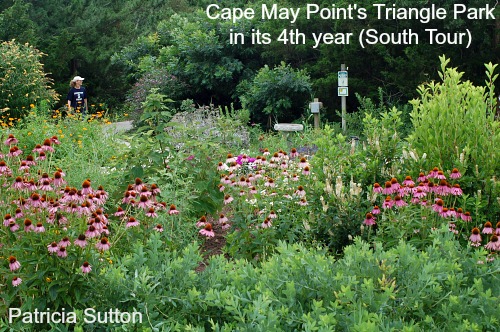
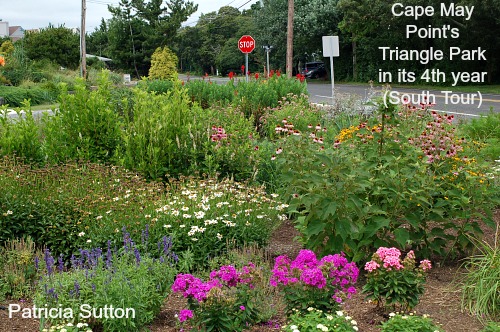










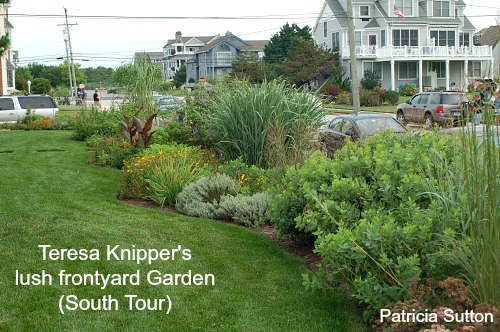


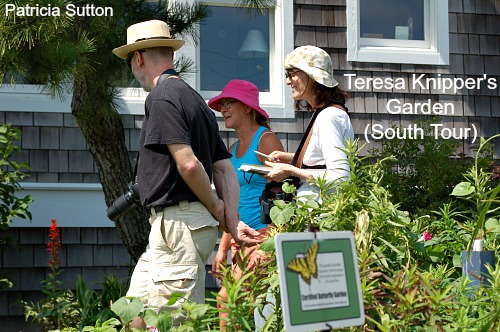
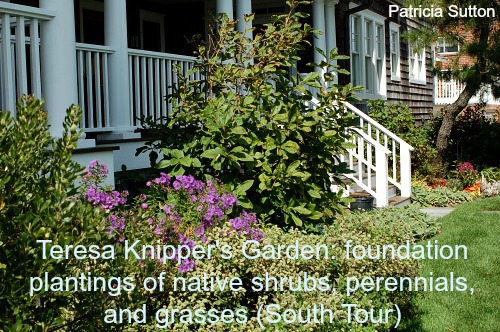
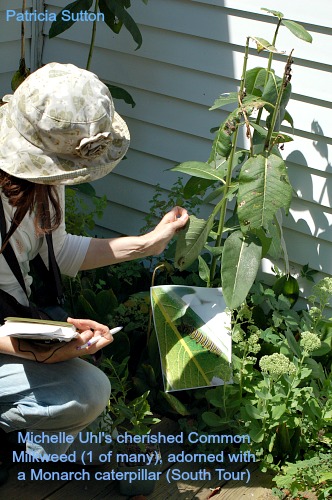
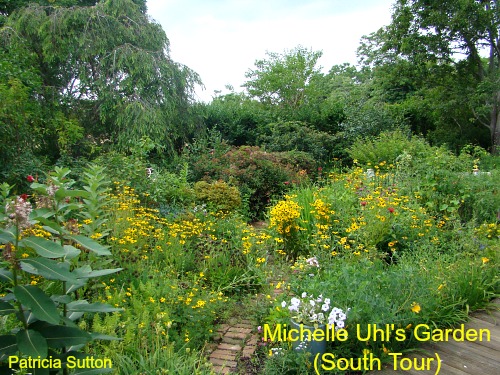
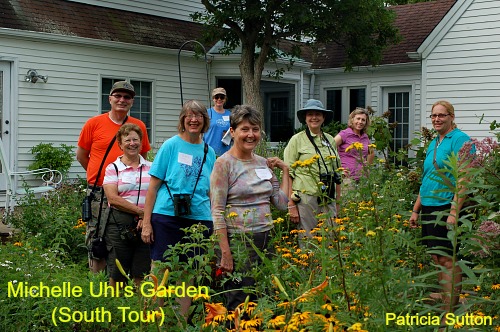



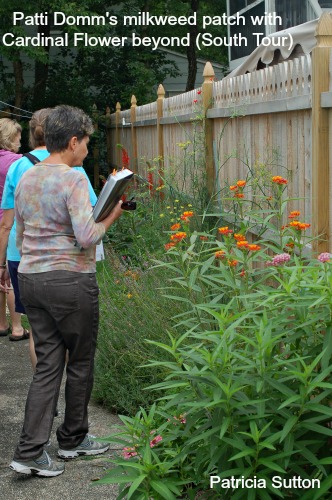
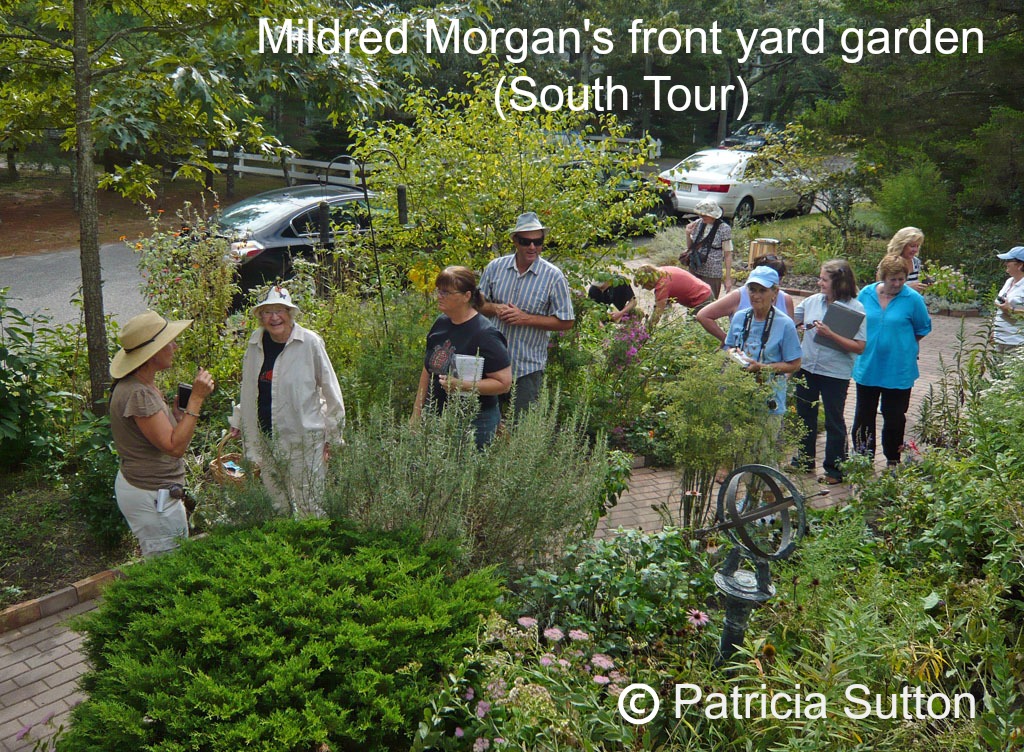
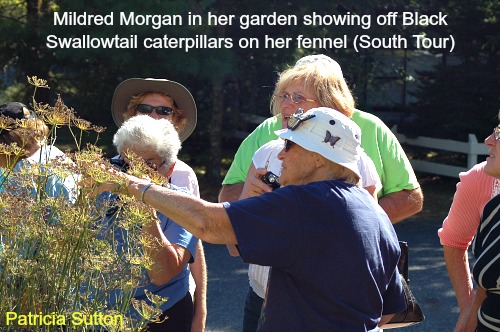
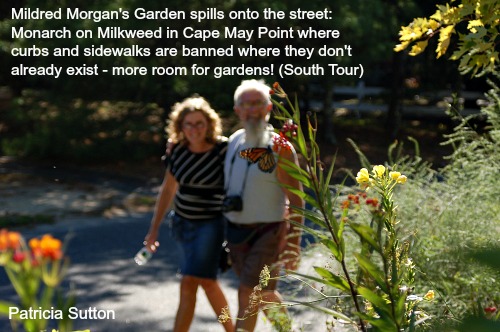


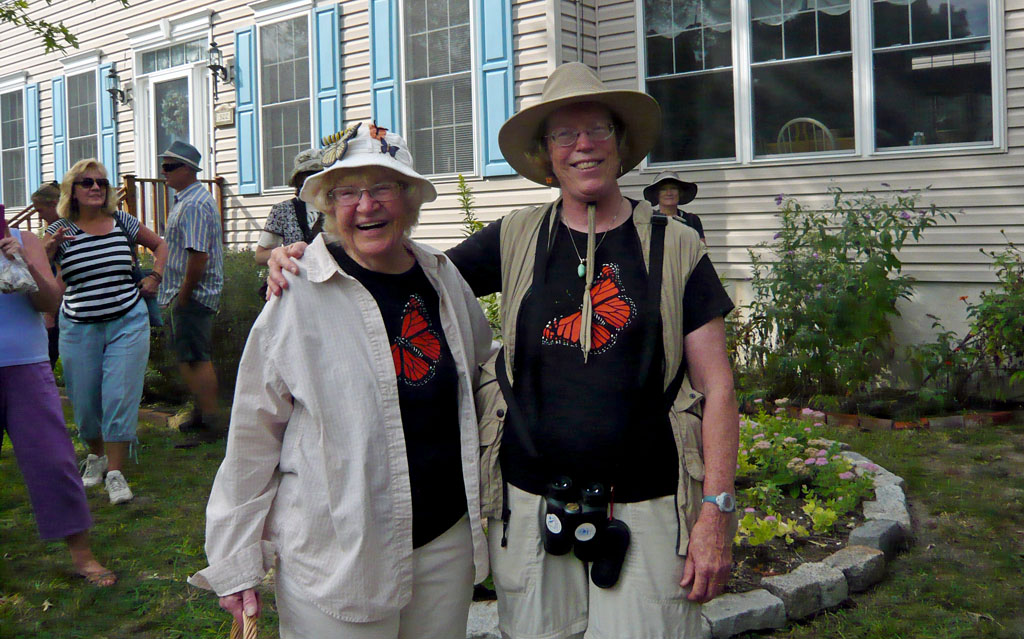
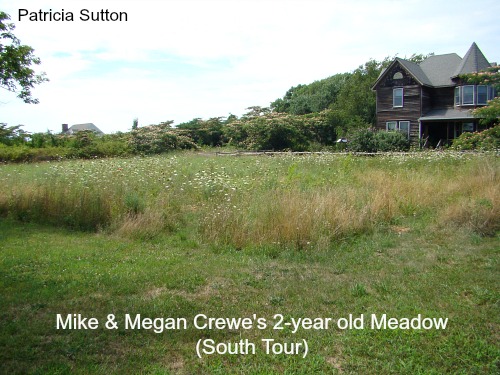

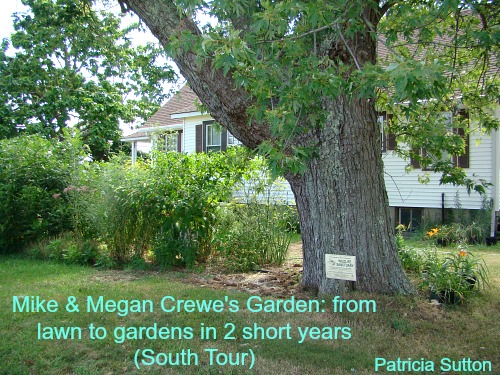











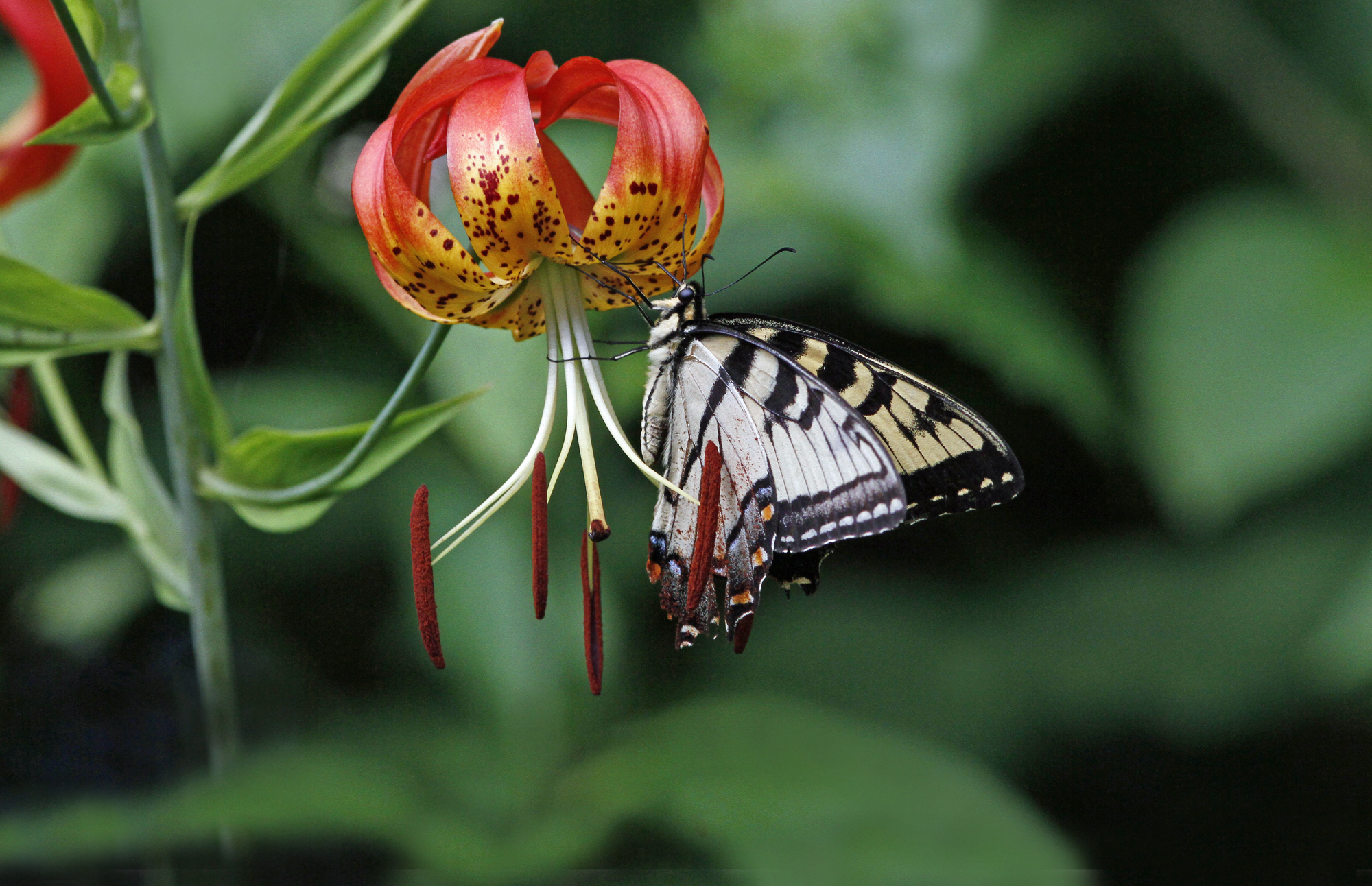
Educator, Naturalist, Author
The South Tour included private wildlife gardens on Cape Island (south of the Cape May Canal): Cape May, Cape May Point, West Cape May, and Lower Township.
You can also see gardens that were included on the Mid-County Tour and on the North Tour.














































 Hi Gang,
Hi Gang,
Happy New Year! I am excited to share the dates (below) for my popular series of 5 property-owner, “Gardening for Wildlife” workshops (pdf). They’ll be held in March 2013, the perfect time to shake off winter and begin planning and planting (or enhancing) your property and wildlife garden.
Native plants and wildlife-friendly practices are the key and will be emphasized and detailed throughout.
I present a zillion one- to two-hour programs each year and maybe you’ve attended a few of these. I love teaching them, but (with only one or two hours) they are more one-sided presentations, me sharing fun natural history information and images with you, the audience.
These workshops offer the opportunity to be far more in-depth and interactive and are more likely to empower you, take you to the next level.
 Sign up today and begin getting ready for the workshops. Draw a rough sketch of your yard, indicating structures (and hardscapes like driveways, decks, etc.), existing habitats (lawn, forest, lone trees, shrub islands, gardens, bird feeding station, brush pile, etc.), and mark NORTH, SOUTH, EAST, WEST on the sketch. Take time to note the sun’s path through your yard and where the sunniest areas are. Bring a wish list of the elements you want to add as well as the elements you need to work around.
Sign up today and begin getting ready for the workshops. Draw a rough sketch of your yard, indicating structures (and hardscapes like driveways, decks, etc.), existing habitats (lawn, forest, lone trees, shrub islands, gardens, bird feeding station, brush pile, etc.), and mark NORTH, SOUTH, EAST, WEST on the sketch. Take time to note the sun’s path through your yard and where the sunniest areas are. Bring a wish list of the elements you want to add as well as the elements you need to work around.
****************************************************************************************************
Time: 10:00 a.m. to 3:00 pm.
Where: The March 2, 3, 9, & 16 workshops will be held at the Cape May Bird Observatory Center for Research & Education, 600 Rt. 47 N, Cape May Court House, NJ 08210 (and include a site visit to Sutton’s nearby wildlife gardens). The March 23 workshop will be held at the Nature Center of Cape May, 1600 Delaware Ave., Cape May, NJ 08204 (and include a site visit to a Cape May wildlife garden).
Limit: 20 participants; preregistration is required (through NJ Audubon’s Nature Center of Cape May, 1600 Delaware Avenue, Cape May, NJ 08204; 609-898-8848).
Cost/workshop: $35 member of NJ Audubon Society, $45 nonmember (includes handouts).
Sign up for all five workshops for a discount: $125 member, $150 nonmember.
********************************************************************************************************

Around homes, as treasured wood piles are dismantled for firewood over the course of a winter, possibly quite a few Mourning Cloaks, Question Marks, and Commas are disturbed from their slumber on brutally cold winter days and meet their demise.
To ensure the survival of these unique butterflies that overwinter as adults, consider building a Butterfly House.

Learn how easy it is to build a Butterfly House by reading my latest column at Native Plants and Wildlife Gardens.

 Ken Soltesz entered Cape May County’s natural history scene in 1989 and turned it upside down with his keen interest in dragons and damsels. He grew a small army of odonate enthusiasts.
Ken Soltesz entered Cape May County’s natural history scene in 1989 and turned it upside down with his keen interest in dragons and damsels. He grew a small army of odonate enthusiasts.
I lost my dear friend and mentor, Ken Soltesz, on September 20, 2012. Ken was passionate about the natural world, delving into its mysteries and studying it from every angle. He touched my life and the lives of many others.
Learn more about this amazing naturalist and sharing mentor by reading my latest post on Native Plants and Wildlife Gardens.

On September 23, 2012, I watched one of the very last Red-spotted Purples in the garden. It danced around the Beach Plums and I thought it must be laying eggs. I looked closely at leaf after leaf, zeroing in on the very tip where Red-spotted Purples carefully lay their jewel-like egg, but could find none.
As I scrutinized the leaves I spotted a different treasure than expected – a teeny-tiny caterpillar silking a bit of leaf to the branch and silking the leaf curled shut.
I stepped back from the Beach Plum, looked at the bush as a whole, and noticed other similar leaves . I knew just what I was looking at, though I’d never seen one before – a nearly completed HIBERNACULUM, where a partially grown Red-spotted Purple caterpillar would winter, hopefully safely.
Learn about the complete life cycle of the Red-spotted Purple and how they survive the winter in my latest column at Native Plants and Wildlife Gardens, where fellow long-time wildlife gardeners share what we’ve learned over years of sometimes painful trial and error.

This fall’s Monarch Migration at Cape May has been magical. Each cold front has brought another wave.
were steady all day long with Monarchs floating down the beachfront from dawn till dusk. Each of those evenings, by late afternoon, Monarchs began gathering at roost sites in Red Cedars near blooming Groundsel-tree in dunes along the beachfront and in deciduous trees near blooming English Ivy along the rural streets of Cape May Point.

And through it all we’re still finding Monarch caterpillars on milkweed, so please, please, please, DO NOT cut down the milkweed in your garden. Despite looking “done” it’s still helping the Monarch population swell.
Yesterday morning (September 25), at first light, I visited sites where Monarchs had roosted through the night. As the sun warmed them and they were able to fly, they dropped down onto blooming Groundsel-tree and nectared heartily. It was magical – no other way to describe it!
Even though I’ve witnessed Monarch evening roosts dozens of times over the many falls we’ve lived in Cape May County, I can never get enough of them. Red Cedar trees sometimes adorned with a thousand plus Monarchs, wings closed and looking like dead leaves until a newcomer flies by and they all open their wings as if to say, “Join us, this is a safe place to rest.”
Winds switched the morning of September 25, coming from the southwest – a headwind for a migrating Monarch (winds that do not help them continue their migration south). With this being the case, many Monarchs could not continue their migration, but are still around Cape May.
Another cold front is predicted for Thursday (September 27), winds that just might bring another wave of southbound Monarchs.

If you’ve never witnessed the magic of the Monarch Migration at Cape May, this is the fall to do it. Not every autumn is accented with magical Monarch flights, but this fall is proving to be just such a fall.
I may be out of town and you might miss one.
On these posts, folks often predict when they feel the next good Monarch flight might happen. Monarchs often gather at roosts in the dunes and around Cape May Point from about 3 p.m. on at the end of a good flight. If there’s been a cold front any time from mid-September through October, Monarchs may pour to the tip, Cape May Point.
I’ll be sharing my “Milkweeds & Monarchs” program on Monday evening, October 1, 2012, at the County Library, 30 Mechanic Street, Cape May Court House, NJ. Join me! It’s FREE.
Good luck with the miracle of migrating Monarchs!
See you in the field.
 We were away in South Carolina running two butterfly counts (in their 20th year – a whole other butterfly-rich story to tell). Upon our return on August 29th, we found our garden swimming in Painted Ladies. We tallied 21, far more than we’d ever seen in our garden before.
We were away in South Carolina running two butterfly counts (in their 20th year – a whole other butterfly-rich story to tell). Upon our return on August 29th, we found our garden swimming in Painted Ladies. We tallied 21, far more than we’d ever seen in our garden before.

To give you a feel for just how unusual this was, we never saw a single Painted Lady in our garden in 2011 and only 9 in 2010.

 Much to our amazement, numbers steadily rose each day: 35 on August 30, 54 on August 31, and 70 on September 1. Numbers held steady at 70 for a few days, then shot up to 106 on September 5. Clouds of butterflies lifted, scattered, and settled back on blooming Sedum and other plants as we slowly and reverently walked through our magic garden.
Much to our amazement, numbers steadily rose each day: 35 on August 30, 54 on August 31, and 70 on September 1. Numbers held steady at 70 for a few days, then shot up to 106 on September 5. Clouds of butterflies lifted, scattered, and settled back on blooming Sedum and other plants as we slowly and reverently walked through our magic garden.
We were told there were thousands of Painted Ladies at lands end, Cape May Point.
A cold front hit on September 6, bringing rain and “raining” migrant songbirds. Our garden filled up with hungry Common Yellowthroats and other warblers and flycatchers. They feasted on butterflies and moths and the wealth of other pollinators in the garden.
Since then Painted Lady numbers have slowly nudged back up to 60. Not the 106 of September 5, but still a sight to behold. It’s quite magical as they lift off, scatter, and settle back on blooming Sedum when we walk through the garden. Throughout all this there have been small numbers of the normally more common American Lady mixed in.
Funnily enough one of our Leopard Frogs has decided that the feasts to be had in the garden are far more desirable than the feasts to be had in the pond. Several times now we’ve found this opportunistic Leopard Frog nestled down in the sedum patiently waiting for an easy snack.


Can’t wait to see how the rest of the fall of 2012 unfolds.
Painted Ladies were formerly called “The Cosmopolite” because they are found on every continent (except Antarctica). Yet, they can not tolerate freezing temperatures in any form (as an egg, caterpillar, chrysalis, or adult). They safely winter on the Mexican Plateau (northern and central Mexico) each winter. By spring they begin to repopulate the US from Mexico. Some years their numbers here in the East are nonexistent, other years very low, and every now and then their numbers are good. But in our 35+ years of watching butterflies and gardening for them, we’ve never seen explosive numbers like these! Robert Michael Pyle shares in his book, the Audubon Society Field Guide to North American Butterflies, that these drastic fluctuations from year to year are due to a variety of factors: cycles of parasite attack, caterpillar plant defoliation, and / or superabundance of nectar following heavy winter rains.

Hi Gang,
I’ve had lots and lots of wildlife gardeners all over New Jersey and the Northeast share their Red Admiral sightings with me. Hopefully you saw some of this mega flight yourself, involving many millions of Red Admirals, so many that cars everywhere couldn’t help but hit hundreds (or probably thousands) of them some days.

My fist awareness of the MEGA Red Admiral movement was on May 1st, the day we returned from presenting a program to Chesapeake Audubon Society in Maryland. Our lilacs were covered with them. We’d just learned that Pink Lady-Slippers were blooming, so visited a woods along Kimbles Beach Road in the Cape May NWR to see them and were astounded by the 100s of Red Admirals (and lesser numbers of American Ladies, Question Marks, and Painted Ladies) pouring out of the woods, all dashing north. That evening I drove to Wildwood on an errand and the flight continued the entire length of my drive . . . I saw 100s of Red Admiral pouring north everywhere along the way, so many that I couldn’t help but hit my fair share of them.


May 3rd I stopped what I was doing (preparing for a “Backyard Habitat for Birds, Butterflies, Dragonflies, and More!” workshop) to drink in the explosion of Red Admirals nectaring on Black Cherry trees. I’d never seen anything like it and could only compare what I was seeing to a butterfly house (where 100s or 1000s of butterflies are raised and released every day into an enclosed butterfly house to entertain visitors). The numbers on each blooming Black Cherry tree were off-the-charts. Every few seconds 100s exploded out of the tree, to land again and continue nectaring. The tree seemed alive with Red Admirals. It was hard to capture on film, so I focused on some portraits of nectaring Red Admirals and Question Marks and American Ladies. I had to pull myself away to get back to work.
May 6th I visited Cape May NWR woodlands on Kimbles Beach Road to show a friend an enormous Red Cedar I’d found (8′ 7″ around at chest height), a real big’n. It was about 10:00 a.m. and we saw a few Red Admirals flitting about. But when we entered the woods it was like entering a magic woodland, in that every sunlit patch of the forest floor was covered with 20-40 Red Admirals (and lesser numbers of Question Marks and American Ladies) that lifted off the forest floor, sailed around, then settled back down onto the forest floor to warm up for the day. We ended this visit by driving the road out to the Delaware Bay shoreline and were dazzled by another natural history show unfolding, 100s of Horseshoe Crabs tumbling in the tideline, mating.

May 8th I was interviewed by Phaedra Laird of NBC 40 WMGM-TV and her cameraman, wanting to learn of the Red Admiral migration. Numbers had dropped off. The Black Cherry trees were still in full flower, but Red Admirals were not in attendance. But our Stinging Nettle patch was another story. I’d dared to plant it in our wildlife garden, just for Red Admirals. I was able to point out Red Admiral eggs on the leaves of my Stinging Nettle. The more I looked, the more I found, until I realized that the patch supported 100s and 100s of eggs. Several female Red Admirals were in attendance, laying more, one after the next. We peeked inside a curled-shut leaf and found a teeny-tiny Red Admiral caterpillar.
Rick Cech and Guy Tudor’s great book, Butterflies of the East Coast, An Observer’s Guide, shares the following really cool natural history information. Red Admirals withdraw from the North each fall and maintain thin, permanent resident populations from the Carolinas south. They steadily repopulate the north every spring, but this movement north usually goes unnoticed. Though about once every 10 years, massive spring flights on the East Coast have been documented: 1981, 1990, 2001, and now 2012. This year’s MEGA flight could be due to the mild winter where many more Red Admirals survived the winter to mate and lay eggs and grow in number until this explosion north.

Looking back at my notes from the May 5-8, 1990 flight Clay reminded me that we’d found 100s washed ashore along the ocean front, individuals that had been blown offshore and never made it back to land. Let’s hope that this flight has not triggered something similar.
Jack Connor has compiled many observations and counts tallied by naturalists all over South Jersey of this MEGA May 2012 Red Admiral spring migration. Go to his South Jersey Butterfly Blog to read these fun accounts: as of May 7 and as of May 5.
 This is the 21st year I’ve been leading these tours of private backyard wildlife gardens. And they just keep getting yummier and yummier!
This is the 21st year I’ve been leading these tours of private backyard wildlife gardens. And they just keep getting yummier and yummier!
Be sure to mark your calendars with the following dates & plan to join me on one, several, or all NINE of the 2012 “Tours of Private Wildlife Gardens” that I will again be leading for NJ Audubon’s Nature Center of Cape May.
Alert your friends, family, neighbors, … anyone you’re trying to HOOK on wildlife gardening!
These wildlife-friendly gardens offer so many ideas in the way of design, use of space, plant combinations, native plants that are lovely AND beneficial to wildlife, “chocolate cake” nectar plants, key caterpillar plants, great native shrub ideas, “how to” create your own meadow ideas, garden accents and features like misters, dragonfly ponds, arbors . . .
Imagine getting a glimpse into private backyard wildlife gardens, interacting with the artists who created them, having each and every garden and wildlife question answered, and enjoying it with a group of fellow wildlife gardeners.
Enjoy a SNEAK PEAK (South Tour, North Tour, Mid-County Tour) into some of the gardens we’ve visited in the past.
 More butterfly and hummingbird gardens are tucked into Cape May County than probably anywhere else in the country. Mid-July is the time of peak butterfly diversity and numbers. Gardens look completely different from one month to the next (so seriously consider all 9 tours). Learn the magic combination of native nectar plants and caterpillar plants that makes a garden especially attractive to butterflies. Design ideas and new wildlife plants will be showcased while tour participants are entertained by a blizzard of butterflies and hummingbirds.
More butterfly and hummingbird gardens are tucked into Cape May County than probably anywhere else in the country. Mid-July is the time of peak butterfly diversity and numbers. Gardens look completely different from one month to the next (so seriously consider all 9 tours). Learn the magic combination of native nectar plants and caterpillar plants that makes a garden especially attractive to butterflies. Design ideas and new wildlife plants will be showcased while tour participants are entertained by a blizzard of butterflies and hummingbirds.

At the peak of Ruby-throated Hummingbird migration, we’ll savor an array of diverse gardens that have hosted nesting hummingbirds since May and are now drawing in dozens of migrants. Native nectar plants, healthy insect populations, water sources, and adequate cover are key elements of each garden.
 At the peak of Cape May County’s world-famous fall Monarch migration, tour diverse gardens that have hosted Monarchs since May. Each features native nectar plants and as many as five different kinds of milkweed (used by Monarchs for egg laying to create the next generation). Expect clouds of Monarchs and other butterflies, Monarch eggs, caterpillars, and maybe even a chrysalis. The complex Monarch migration will be both explained and enjoyed.
At the peak of Cape May County’s world-famous fall Monarch migration, tour diverse gardens that have hosted Monarchs since May. Each features native nectar plants and as many as five different kinds of milkweed (used by Monarchs for egg laying to create the next generation). Expect clouds of Monarchs and other butterflies, Monarch eggs, caterpillars, and maybe even a chrysalis. The complex Monarch migration will be both explained and enjoyed.
Gardening naturalist and author, Pat Sutton, leads these tours, which include her own garden in Goshen (North tour). Bring lunch since the group will eat in one of the gardens.
If some of you are keen to create a butterfly & hummingbird garden, be sure to download the article & plant list I wrote / created:
Limit: 25 per tour. Nine Tours / Cost per tour: $30 members (NJ Audubon), $40 nonmembers.
(Join three tours at a discounted rate of $75 members, $100 nonmembers.)
These tours require preregistration with payment.
You may register by phone at 609.898.8848 with a credit card or send payment to the Nature Center of Cape May, 1600 Delaware Avenue, Cape May, NJ 08204 (noting which tours and full names of registrants).
NCCM reserves the right to cancel programs, and refunds are available only if NCCM cancels the event. Walk-ins are welcome on a space-available basis. Become a member of NJAS and receive discounts in the gift shop and on many programs.

As a long-time wildlife gardener, I’ve learned to question every action. Is it necessary? Will it be detrimental to wildlife? Most times, I talk myself out of one task or another. Am I lazy or a wise wildlife gardener? The joys I’ve experienced are my proof.
Learn more about Carolina Wrens and how we might help them survive another cold winter night by reading my latest column on the Native Plants and Wildlife Gardens website (where over 25 of us contribute educational and informative columns to guide and encourage wildlife gardeners, so they don’t make the same mistakes we did).